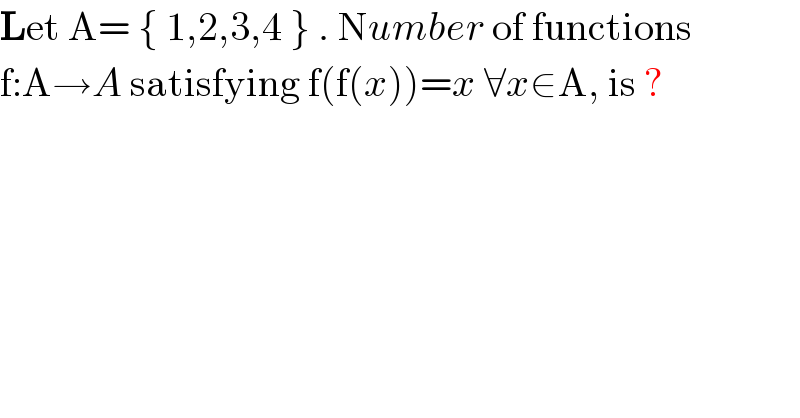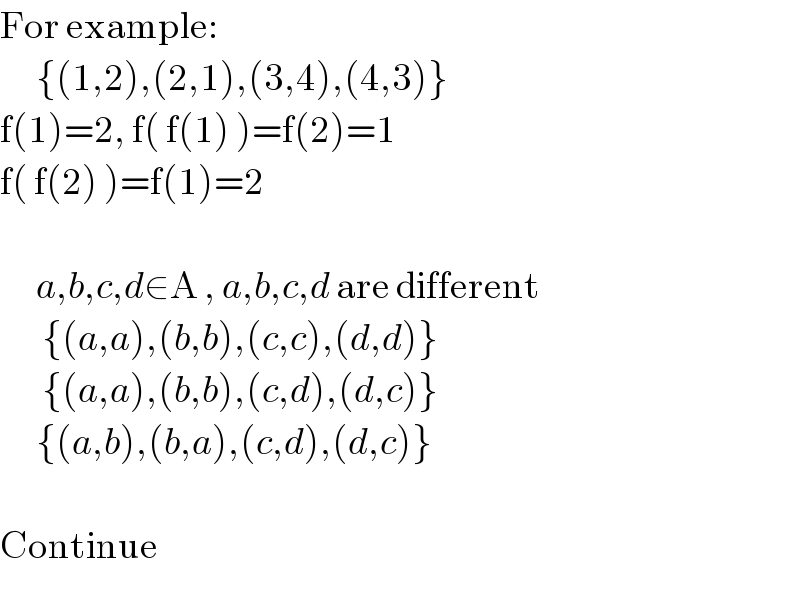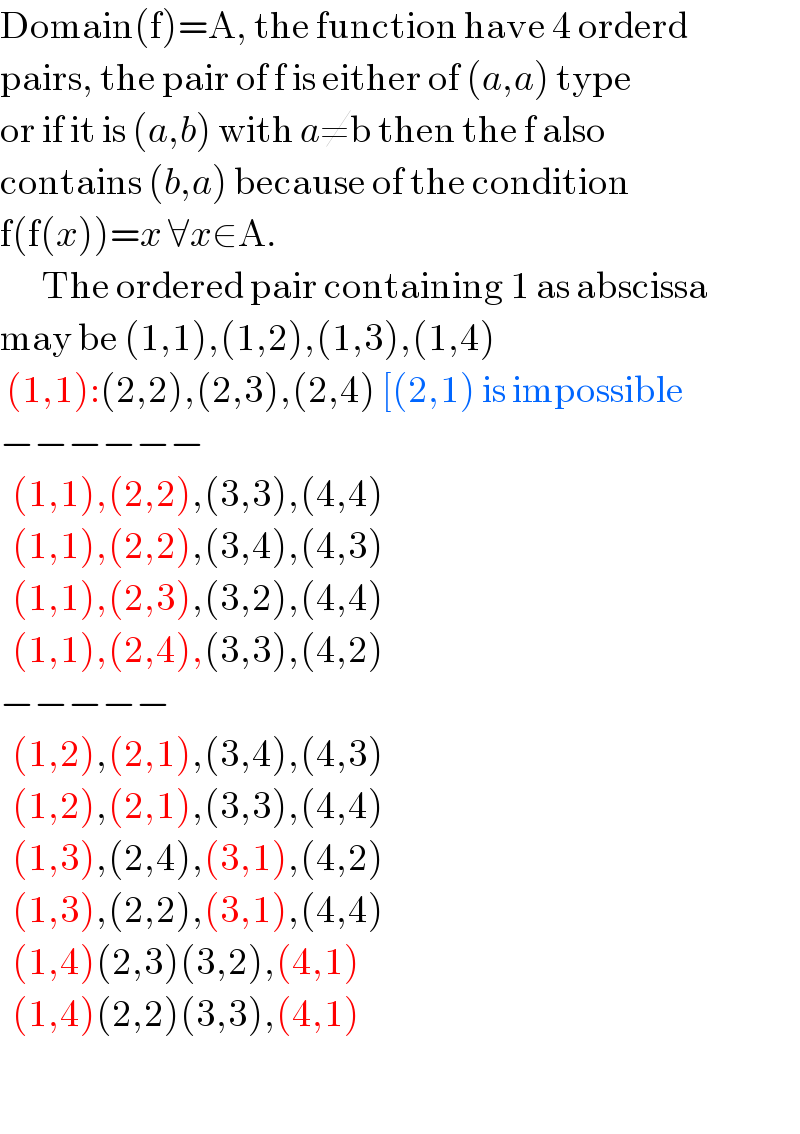
Question and Answers Forum
Previous in Relation and Functions Next in Relation and Functions
Question Number 34063 by rahul 19 last updated on 30/Apr/18

Commented by rahul 19 last updated on 30/Apr/18

Commented by rahul 19 last updated on 30/Apr/18

Commented by Rasheed.Sindhi last updated on 30/Apr/18

Answered by Rasheed.Sindhi last updated on 30/Apr/18

Commented by Rasheed.Sindhi last updated on 30/Apr/18

Commented by rahul 19 last updated on 30/Apr/18

